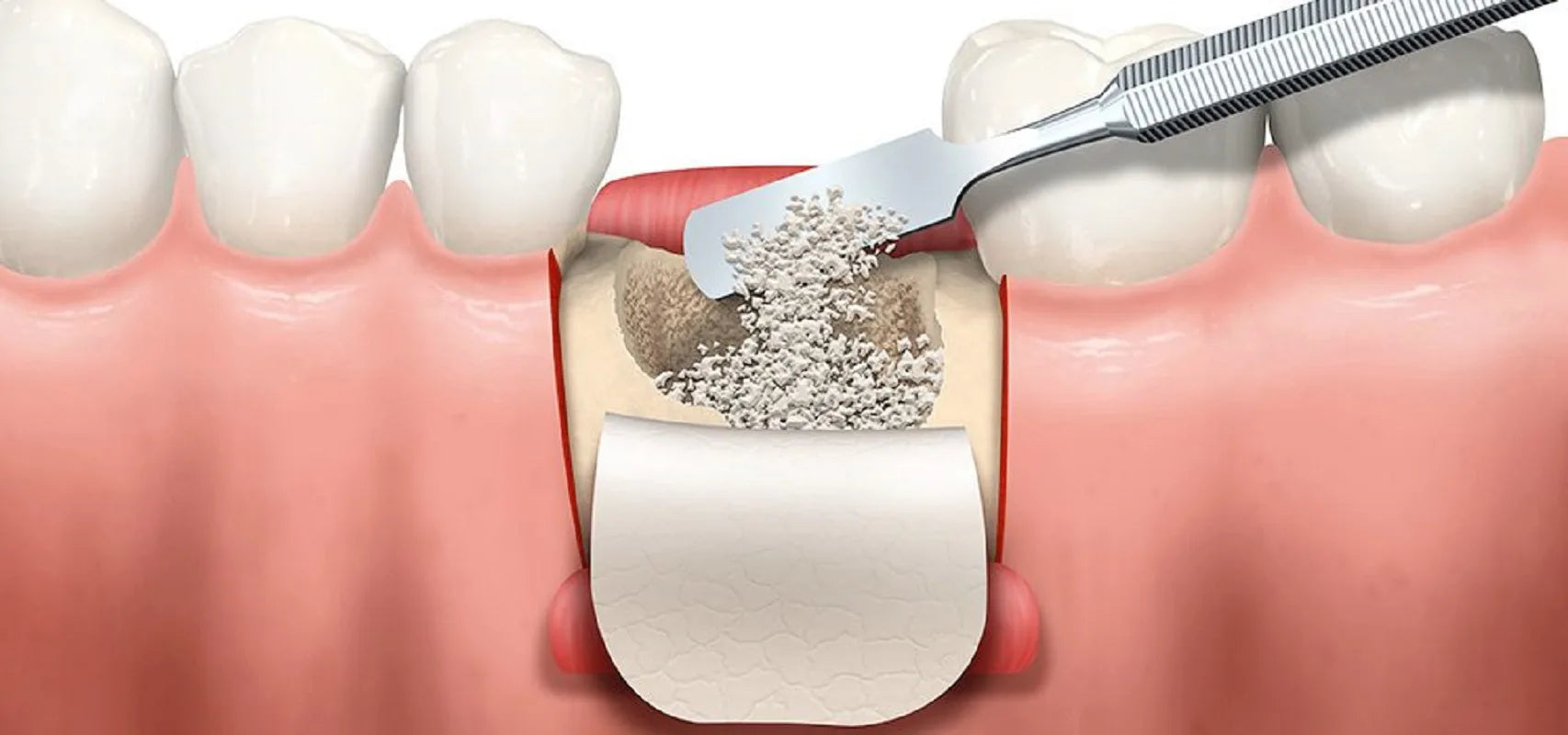
Understanding Bone Grafts in Dentistry: Uses, Types, and Benefits
The Role of Bone Grafts in Dental Procedures: Enhancing Oral Health and Restorative Options
Bone grafts in dentistry are critical for various procedures, including dental implants and other restorative treatments. They help regenerate and stabilize bone, providing a strong foundation for dental work. This blog will explore the uses, types, and benefits of bone grafts in dental procedures, along with best practices for ensuring successful outcomes.
Understanding Bone Grafts in Dentistry
Bone grafts involve transplanting bone tissue to augment or replace existing bone in the jaw. This procedure is essential when a patient’s bone structure is insufficient to support dental implants or other restorations. Bone grafts can help rebuild the jawbone, providing the necessary support and improving overall oral health.
Key Uses of Bone Grafts in Dental Procedures
Dental Implants
One of the primary uses of bone grafts is in dental implant procedures. For successful dental implants, a sufficient amount of healthy bone is required to anchor the implant securely. Bone grafting helps provide this necessary support, making dental implants a viable option for more patients. For more information on dental implants, see Understanding Dental Implants: Procedures and Benefits.
Periodontal Treatments
Bone grafts are also used in periodontal treatments to address bone loss due to gum disease. By regenerating lost bone, these grafts help restore the stability of teeth and improve the overall health of the gums and supporting structures. For further reading on maintaining periodontal health, visit The Importance of Regular Dental Check-Ups.
Jawbone Reconstruction
In cases of trauma or congenital conditions, bone grafts can reconstruct the jawbone, enhancing both function and aesthetics. This is particularly important for patients needing dentures or other restorative dental appliances, as a strong jawbone provides better support and fit.
Types of Bone Grafts Used in Dentistry
Autografts
Autografts involve using bone from the patient’s own body, usually harvested from the chin, hip, or other areas. They are considered the gold standard due to their high compatibility and low risk of rejection.
Allografts
Allografts are bone grafts sourced from a donor, usually a cadaver. These are processed to ensure safety and are commonly used when sufficient autograft material is unavailable.
Xenografts
Xenografts are derived from animal sources, typically bovine (cow) bone. They are thoroughly processed and treated to ensure safety and are often used for their structural properties.
Alloplasts
Alloplasts are synthetic materials used to stimulate bone growth. These grafts are made from biocompatible materials and are an option for patients who prefer not to use human or animal tissues.
Benefits of Bone Grafts in Dental Treatments
Improved Implant Success Rates
By providing a stable foundation, bone grafts significantly improve the success rates of dental implants. They ensure that the implant integrates properly with the bone, reducing the risk of implant failure.
Enhanced Aesthetic Outcomes
Bone grafts help restore natural contours to the jaw and face, which can be crucial for aesthetic reasons. This is particularly important for patients who have experienced significant bone loss, as it helps to restore a natural and youthful appearance.
Increased Treatment Options
For patients with insufficient bone density, bone grafts open up a wider range of treatment options, including implants and other restorative procedures. This versatility allows for more personalized and effective treatment plans.
Best Practices for Bone Grafting in Dentistry
Thorough Assessment and Planning
A comprehensive assessment of the patient’s bone structure and overall oral health is crucial before proceeding with a bone graft. Advanced imaging techniques, such as CT scans, can provide detailed information to guide the treatment plan.
Choosing the Right Type of Graft
The choice of bone graft material depends on various factors, including the patient's health, the extent of bone loss, and personal preferences. Discussing the options with a dental professional ensures the best choice for each individual case.
Post-Operative Care and Monitoring
Proper post-operative care is essential for the success of bone grafts. This includes following the dentist’s instructions for oral hygiene, avoiding certain foods, and attending follow-up appointments to monitor healing and integration.
FAQs About Bone Grafts in Dentistry
Q1: What is the primary purpose of bone grafts in dental procedures?
A1: Bone grafts are primarily used to regenerate and stabilize bone in the jaw, providing a solid foundation for dental implants and other restorative treatments.
Q2: What are the different types of bone grafts used in dentistry?
A2: The main types include autografts, allografts, xenografts, and alloplasts, each with unique properties and applications.
Q3: Are bone grafts safe?
A3: Yes, bone grafts are safe when performed by qualified professionals. Thorough screening and processing of graft materials ensure safety and compatibility.
Q4: How long does it take for a bone graft to heal?
A4: Healing time can vary but generally takes several months. The dentist will monitor the integration and healing process during follow-up visits.
Q5: Can anyone get a bone graft?
A5: Most patients can receive bone grafts, but a thorough assessment by a dental professional is necessary to determine suitability based on individual health factors.
